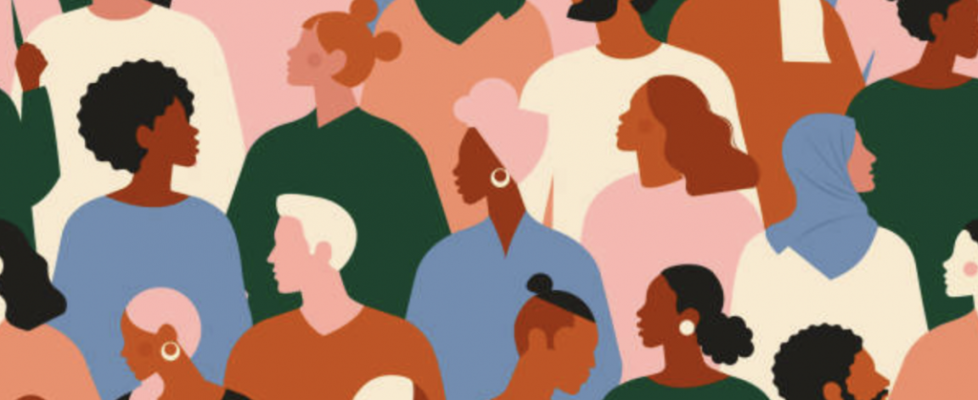People
‘People’ is the second pillar of sustainability and also the fundamental reason why fashion exists. People control the speed of fashion trends and the demand for new designs, and like any other industry, it revolves around the consumers. The new generation of buyers are particularly unique as they’re deemed to be more socially and environmentally conscious, regarding issues with racism and climate crisis. This pillar highlights the importance of diversity and representation within the industry and introduces sustainability concepts.
There are more than 7.8 billion people on this planet (World bank, 2021), with generation Z being one of the most prominent groups. Generation Z, also known as Gen Z, are those born between 1995-2010 and are referred to as, “true digital natives” (McKinsey & Company, 2018). Surrounded by advanced technology, this generation is more prone to engage in social media shopping due to the ease and speed of purchasing products. The Drapers consumer report reveals that “60% of both Gen Z and millennials now buy via social”, which is 7% up from last year (Morgan, 2022).

Furthermore, ethics and sustainability are essential factors in whether gen Z support a brand or not. Sustainability refers to meeting the needs of the current generation without compromising the needs of future generations (Brundtland Report 1989). In fashion terms, it means using recycled materials and upcycling garments to reduce waste. Gen Z want brands that promote the concept of a Circular Economy (Green Strategy, 2014), encouraging the idea of keeping resources in use for as long as possible. Around 47% of Gen Z are willing to pay more for ethically made products, compared to only 40.7% from the previous year (Drapers, 2022), implying that gen Z value people over profit.

Diversity is another significant element that brands should endorse. Consumers need to be able to identify with the models and brand ambassadors so they feel included and welcomed by the company. During Paris fashion week 2022, MIU MIU introduced mini skirts of differing lengths and ballet flats for male and female models, aiming to appeal to a more “broad and contemporary audience” (Salamone, 2022). MIU MIU showcased their genderless fashion, combining feminine and masculine elements to deconstruct societal stereotypes on clothing and gender binaries.



The key people skills required for a fashion brand to be successful are transparency and inclusivity. Consumers appreciate brands that are upfront about their sustainability practices and believe the company’s actions must align with their attitudes. Consumers also value representation within a brand as fashion celebrates creativity among all demographics despite gender, race and background.
References
Brismar, A. (2017) “What is Circular Fashion?” https://greenstrategy.se/circular-fashion-definition/. (Accessed: 15 October 2022)
Francis, T. & Hoefel, F. (2018) ‘True Gen’: Generation Z and its implications for companies. https://www.mckinsey.com/~/media/McKinsey/Industries/Consumer%20Packaged%20Goods/Our%20Insights/True%20Gen%20Generation%20Z%20and%20its%20implications%20for%20companies/Generation-Z-and-its-implication-for-companies.pdf. (Accessed: 11 October 2022)
Moran, G. (2022) Drapers, Gen Z and Millennials 2022 https://www.drapersonline.com/guides/gen-z-and-millennials-2022 (Accessed: 15 October 2022)
Salamone, L. (2022) “The new genderless of Miu Miu.” nss magazine, https://www.nssmag.com/en/fashion/29205/menswear-miu-miu. (Accessed: 15 October 2022)
The World Bank (2021) World Bank Data, https://data.worldbank.org/indicator/SP.POP.TOTL. (Accessed: 15 October 2022)
United Nations Bruntland Commission (1989) “Our Common Future: Report of the World Commission on Environment and Development.” http://www.un-documents.net/our-common-future.pdf. (Accessed: 15 October 2022)
